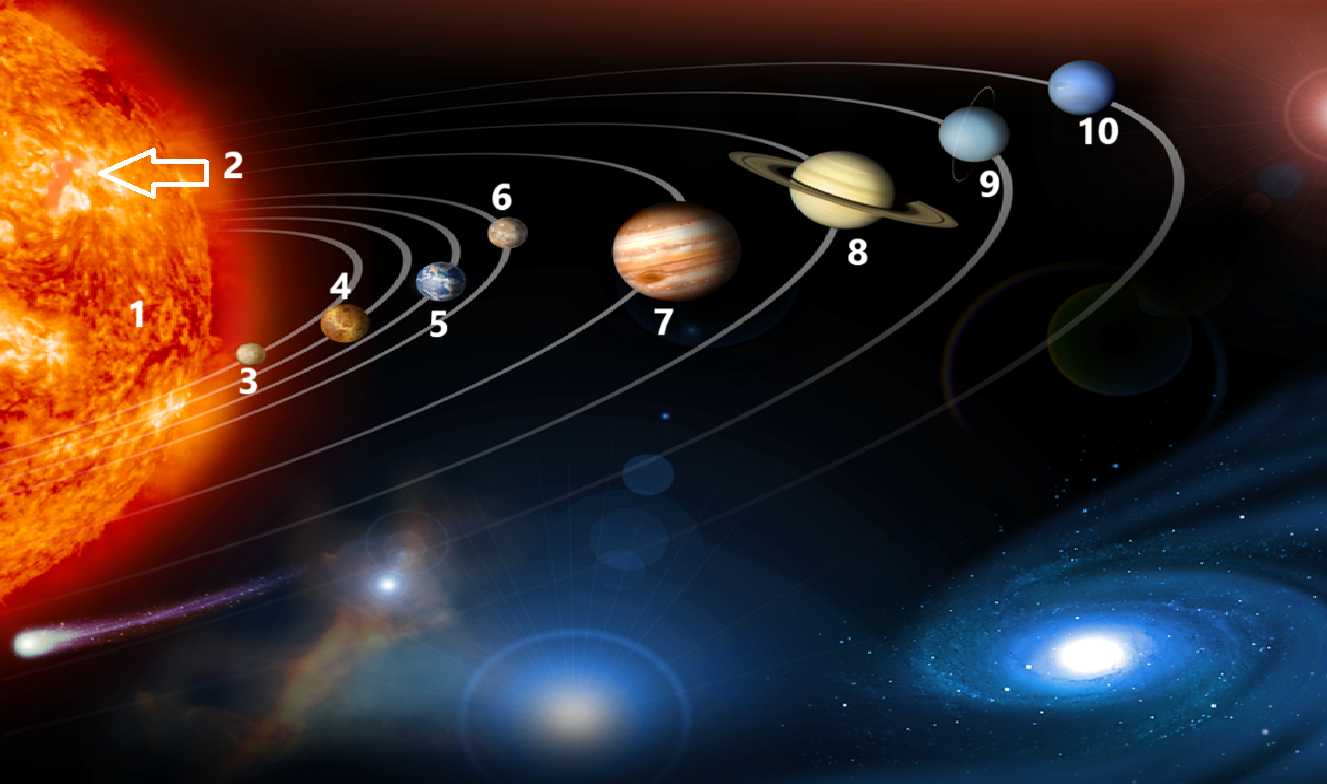
Label the Planets Trivia Quiz
The Solar System is a vast place and we only occupy a very small section of it. Can you identify these parts of the Solar System?
A label quiz
by Joepetz.
Estimated time: 3 mins.


| 1. |
| 2. |
| 3. |
| 4. |
| 5. |
| 6. |
| 7. |
| 8. |
| 9. |
| 10. |